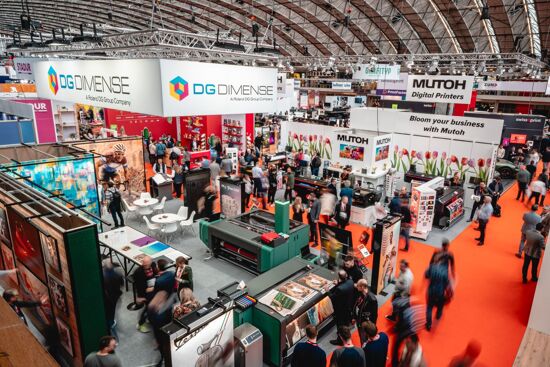New techniques to eliminate in-lot shade variation when printing textiles with inkjet

Martin Bailey, the CTO of Global Graphics Software discusses some challenges for inkjet printing on textiles which differs when compared to screen printing.
Martin Bailey shows how printers can make colours uniform and keep buyers happy. Digital printing is becoming attractive in many textile sectors, thanks to its all-round flexibility and cost benefits: from direct-to-garment (DTG) to sportswear, fashion, décor, soft signage and bulk roll-to-roll. Its advantages are clear: faster turnaround, reduced chemicals, water, warehousing and shipping, and no limitations on the number of colours or design.
However, the challenges printers face in quality, especially around shade and colour variation, are common to all these subsectors. How do you achieve uniformity across a print bar and improve your confidence that you’ll get paid for your work?
This problem is nothing new: even with dyed or screen-printed fabrics, variations in dye and problems with machinery, time, operators, temperature and so on can lead to shade variation, complicating much post-press work. But shade variation in digital printing is usually far sharper and is apparent over a much smaller area.
For more information on Global Graphics Software visit here.
Topics
Interested in joining our community?
Enquire today about joining your local FESPA Association or FESPA Direct
Recent news

FESPA 2025 Feature Programme confirmed: both new and returning
FESPA Global Print Expo 2025 is set to introduce its newest editions to its feature programme, SmartHub and the ESE Pavilion, as well as welcome the return of existing features: the 2025 FESPA Awards; the high-adrenaline World Wrap Masters competition; and the Club FESPA Lounge.
.png?width=550)
My Personalisation Experience
Richard Askam, a pioneer in Personalisation, transitioned from the drinks industry to creating iconic campaigns like Coca-Cola's "Share a Coke." His speaking career, includes leading a TEDx talk, becoming an ambassador for FESPA . In the past, he has led the conference sessions for the Personalisation Experience" conference, and will return this year to speak in a panel discussion.

What Does LED Lighting Do for Your Textile Frame?
LED lighting transforms textile frames, enhancing visibility and colour vibrancy for impactful displays. At European Sign Expo 2025, EFKA will showcase innovative illuminated and non-illuminated frames, including 3D and modular designs. LED's energy efficiency and storytelling potential make them crucial for modern visual communication.
